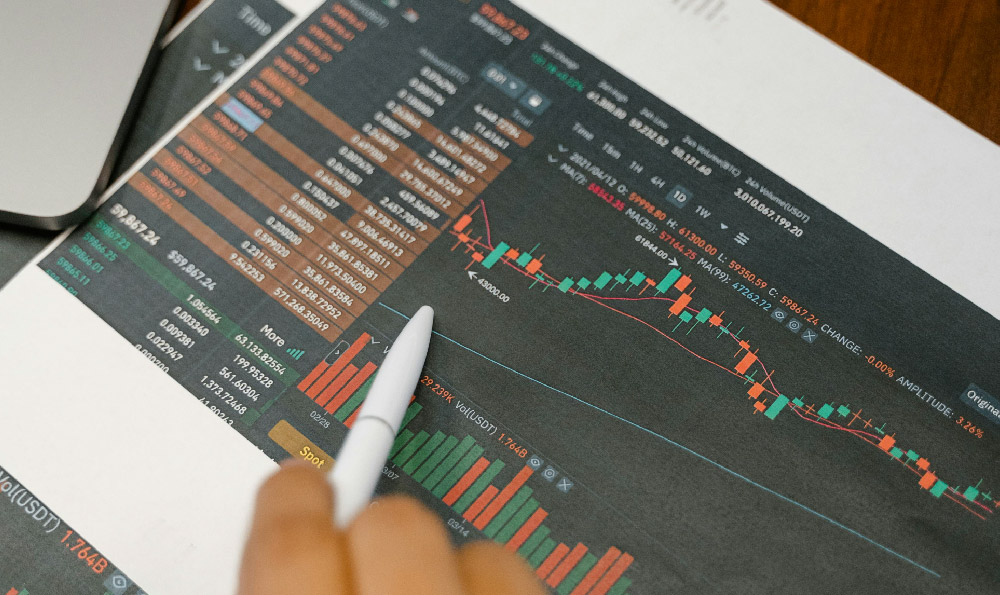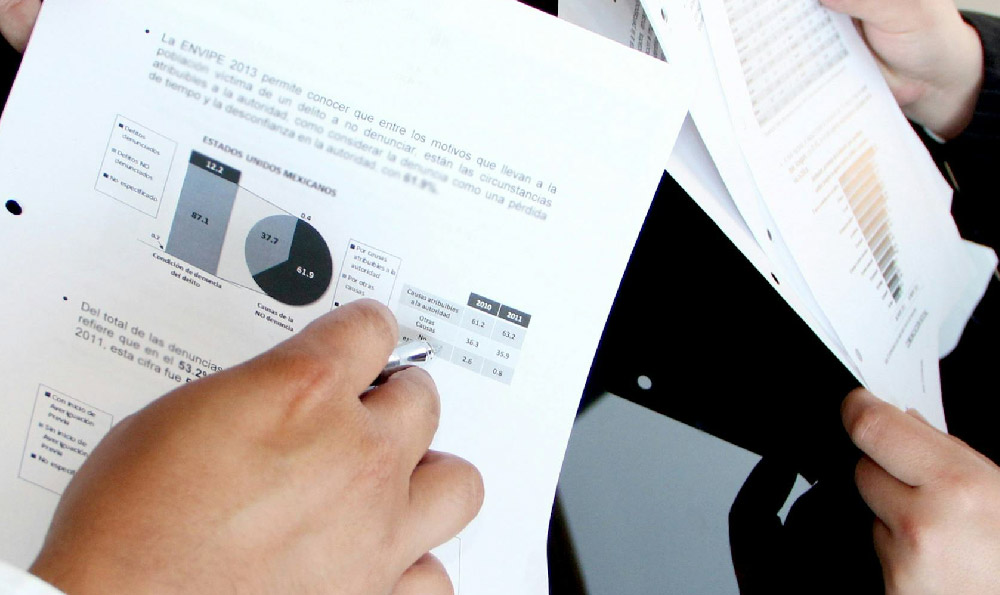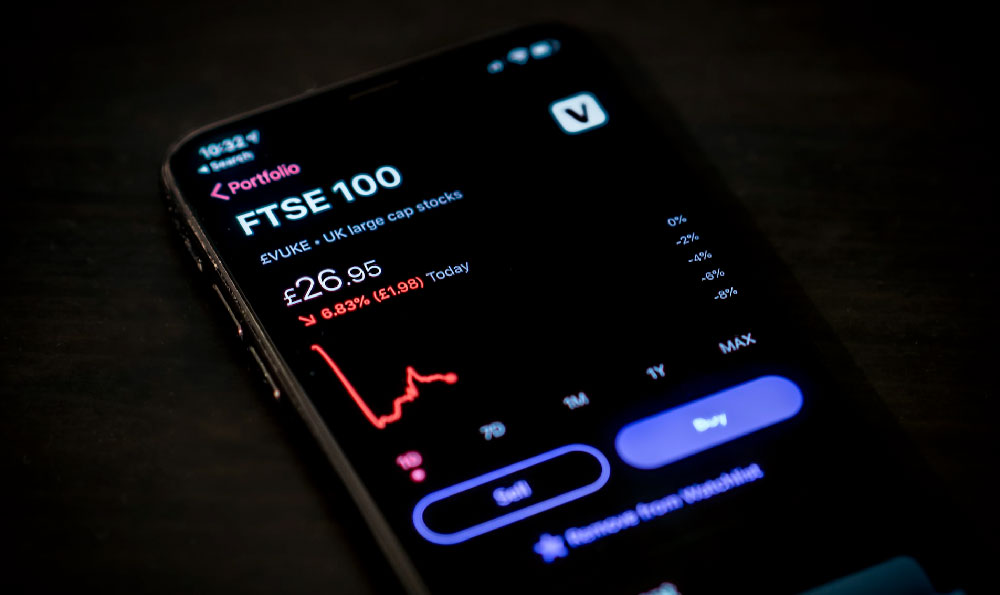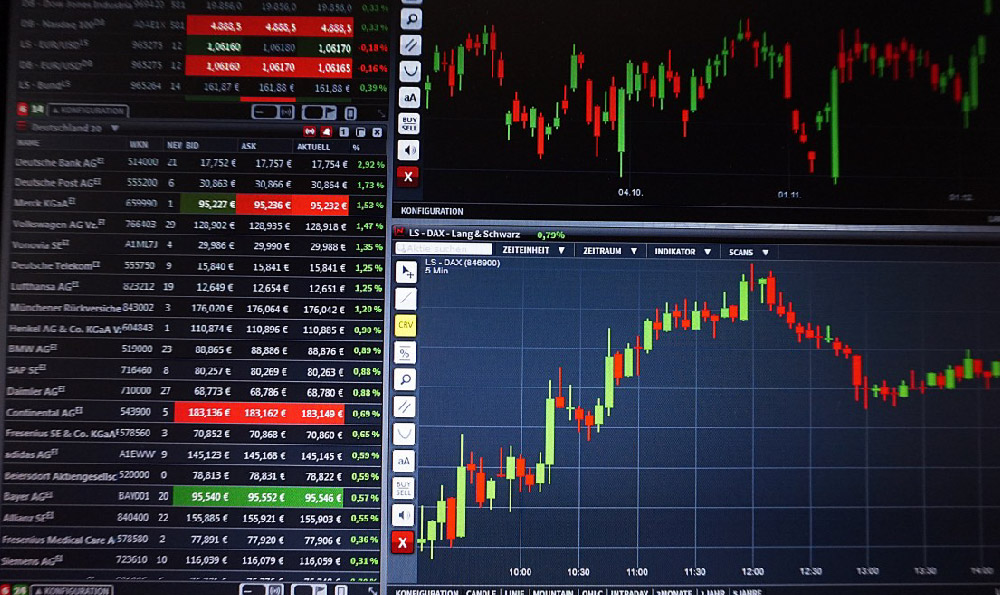How much does 43 million Spotify streams make, and is it enough?

Okay, here's an article addressing the financial implications of 43 million Spotify streams:
The allure of Spotify, a digital stage accessible to virtually anyone with a song and a microphone, has transformed the music industry. But behind the glitz and the endless playlists lies a complex economic reality, particularly concerning streaming revenue. Forty-three million streams sound impressive, a monumental figure suggesting widespread popularity. The question then becomes, is that success reflected in the bank account? And more importantly, is it sustainable?
The first hurdle in answering this question is the notoriously opaque nature of Spotify's payout system. Unlike traditional record sales, where artists receive a larger and more predictable royalty per unit, streaming royalties are notoriously small and fluctuate based on a multitude of factors. These factors include, but are not limited to: the listener's subscription type (premium versus free, which includes advertising revenue split with Spotify), the listener's geographic location (royalties vary significantly between countries), Spotify's overall profitability, and the artist's specific distribution agreement.

However, we can venture a realistic estimate. Industry consensus generally places the per-stream payout rate for Spotify somewhere between $0.003 and $0.005. This is a wide range, and the actual figure for a particular artist could fall outside of it. Let's use a conservative average of $0.004 per stream for the purpose of our calculation. At this rate, 43 million streams would generate approximately $172,000 in gross revenue.
It’s crucial to understand that this $172,000 is far from the artist's take-home pay. Numerous parties are entitled to a portion of these earnings before the artist sees a dime. The first to get paid is often the record label. For artists signed to major labels, the label typically retains the vast majority of streaming royalties, often recouping recording costs, marketing expenses, and advances paid to the artist. Depending on the specific contract, an artist may not see any significant revenue until the label has recouped all its expenses, which can be a significant sum, especially for new artists.
Even for independent artists who distribute their music themselves or through smaller independent labels, there are still expenses to consider. Distribution services, such as DistroKid or CD Baby, take a percentage of the streaming revenue as a fee for uploading the music to Spotify and handling royalty payments. These fees can range from a flat annual fee to a percentage of the revenue earned.
Furthermore, publishing royalties need to be factored in. There are two primary types of publishing royalties: mechanical royalties (for the reproduction of the song) and performance royalties (for the public performance of the song). These royalties are typically collected and distributed by performing rights organizations (PROs) such as ASCAP, BMI, and SESAC in the United States. These PROs collect royalties from radio stations, television broadcasts, and streaming services like Spotify, and then distribute them to songwriters and publishers. The artist may be the songwriter, the publisher, or both, which would affect the percentage of the publishing royalties they receive. However, these royalties are also subject to agreements and potential deductions.
Beyond the technicalities of royalty splits, there are also practical considerations. An artist needs to pay for studio time, mixing and mastering, artwork, marketing and promotion (which includes social media advertising, public relations, and potentially hiring a team of professionals), touring, and general living expenses. Even with 43 million streams, these costs can easily eat into any potential profit.
So, is $172,000 from 43 million Spotify streams enough? The answer is, unfortunately, complicated and highly dependent on the artist's individual circumstances. For an established artist with a favorable record deal and a significant catalog of music, $172,000 might represent a reasonable supplemental income stream. However, for a new or emerging artist, it might not be enough to sustain a full-time music career. It's more likely to supplement income from other sources such as merchandise sales, live performances, licensing deals, and other creative endeavors.
To truly build a sustainable career in the music industry, artists need to diversify their income streams. Relying solely on Spotify streams is rarely enough. Building a strong brand, engaging with fans on social media, actively seeking out licensing opportunities for their music in film, television, and advertising, and regularly touring are crucial components of a successful and financially viable career. Moreover, understanding the intricacies of music publishing and carefully negotiating contracts with record labels and distributors are vital steps in maximizing their earnings.
Ultimately, while 43 million streams is an impressive achievement, it is just one piece of the puzzle. It provides a platform and a potential income source, but it's the artist's business acumen, creative output, and dedication to their craft that will truly determine their long-term success and financial stability in the ever-evolving music industry landscape. It’s a promising start, a foot in the door, but sustained effort and strategic planning are necessary to turn streaming numbers into a sustainable livelihood.















